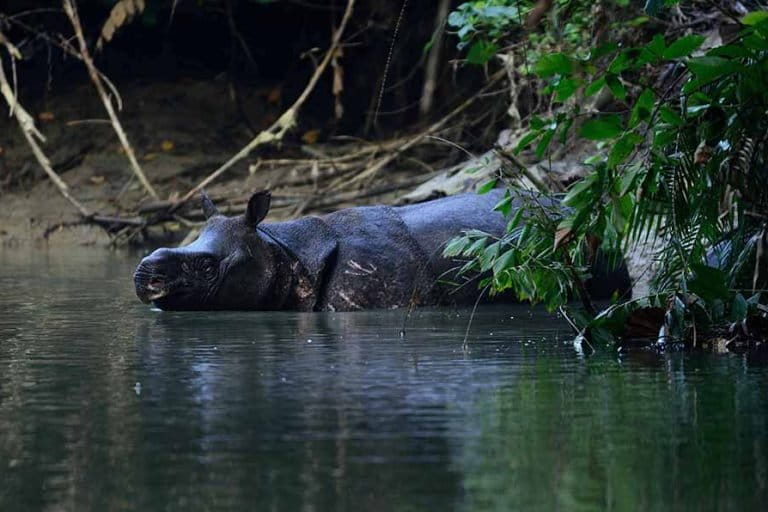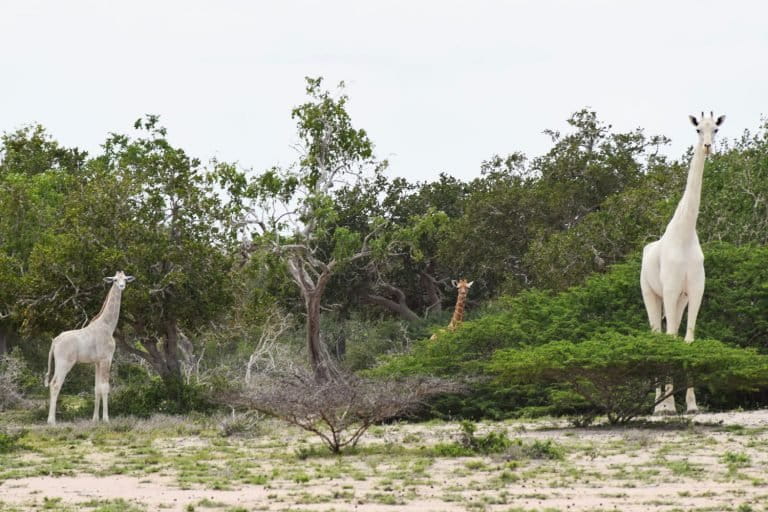
Glaciers in the high mountains of Asia are a crucial water resource, but
are at risk from global warming. Modelling suggests that the glaciers
will shed mass in direct proportion to the warming to which they are
exposed.
Abstract: "Glaciers in the high mountains of
Asia (HMA) make a substantial contribution to the water supply of
millions of people1, 2, and they are retreating and losing mass as a result of anthropogenic climate change3 at similar rates to those seen elsewhere4, 5.
In the Paris Agreement of 2015, 195 nations agreed on the aspiration to
limit the level of global temperature rise to 1.5 degrees Celsius ( °C)
above pre-industrial levels. However, it is not known what an increase
of 1.5 °C would mean for the glaciers in HMA. Here we show that a global
temperature rise of 1.5 °C will lead to a warming of 2.1 ± 0.1 °C in
HMA, and that 64 ± 7 per cent of the present-day ice mass stored in the
HMA glaciers will remain by the end of the century. The 1.5 °C goal is
extremely ambitious and is projected by only a small number of climate
models of the conservative IPCC’s Representative Concentration Pathway
(RCP)2.6 ensemble. Projections for RCP4.5, RCP6.0 and RCP8.5 reveal that
much of the glacier ice is likely to disappear, with projected mass
losses of 49 ± 7 per cent, 51 ± 6 per cent and 64 ± 5 per cent,
respectively, by the end of the century; these projections have
potentially serious consequences for regional water management and
mountain communities."
Read More: http://www.nature.com/nature/journal/v549/n7671/full/549166a.html



